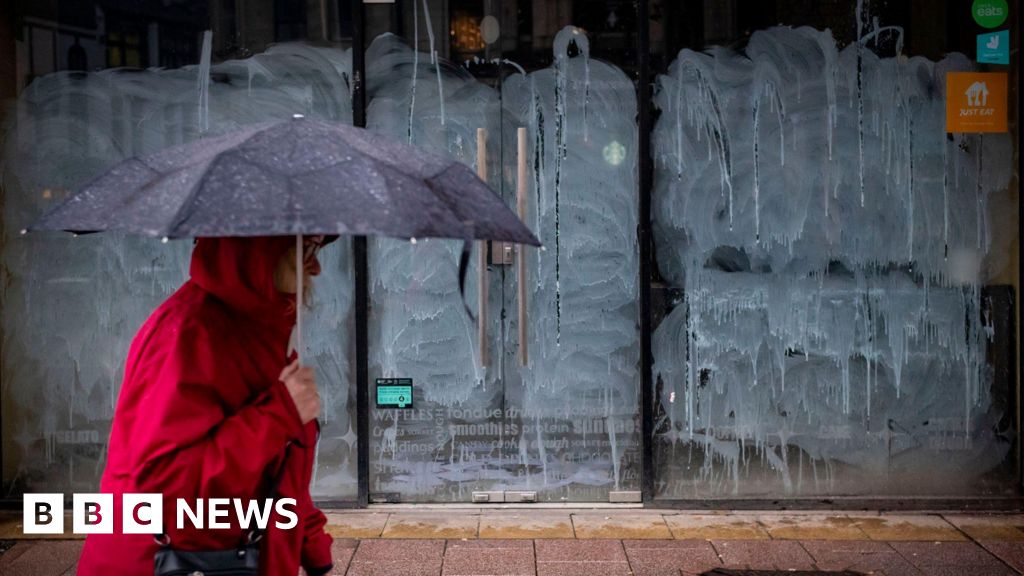TOKYO — Asian shares rebounded from their retreat a day earlier, tracking Wall Street’s recovery from the Federal Reserve’s reminder it will eventually provide less support to markets.
Japan’s benchmark Nikkei 225
NIK,
+2.96%
jumped 3% in morning trading. Australia’s S&P/ASX 200
XJO,
+1.64%
added 1.5% and South Korea’s Kospi
180721,
+0.79%
rose 0.7%. Hong Kong’s Hang Seng
HSI,
+0.00%
edged up 0.1%, while the Shanghai Composite
SHCOMP,
+0.78%
gained 0.8%. Stocks slipped in Singapore
STI,
-0.33%,
but advanced in Taiwan
Y9999,
+0.59%
and Indonesia
JAKIDX,
+1.51%.
Although the latest bout of jitters over a possible easing of help from the Federal Reserve and other central banks appears to have passed, analysts said rising coronavirus cases in the region remained a concern.
“Much of the region is dealing with renewed waves of COVID-19 infections. These waves, especially in the case of India, Indonesia and some other countries in Southeast Asia, are the most severe yet,” said Venkateswaran Lavanya at Mizuho Bank in Singapore.
On Monday, the S&P 500
SPX,
+1.40%
snapped 1.4% higher, to 4,224.79, recovering nearly three-quarters of its worst weekly loss since February. Oil producers, banks and other companies that were hit particularly hard last week led the way.
The Dow Jones Industrial Average
DJIA,
+1.76%
gained 1.8% to 33,876.97 and the Nasdaq composite
COMP,
+0.79%
rose 0.8%, to 14,141.48.
Investors are still figuring all the ramifications of the Fed’s forecast that may start raising short-term interest rates by late 2023. That’s earlier than previously thought. The Fed also began talks about slowing programs meant to keep longer-term rates low, an acknowledgment of the strengthening economy and threat of higher inflation.
The market’s immediate reaction to last week’s Fed news was to send stocks lower and interest rates higher. Higher rates would make stock prices, which have been climbing faster than corporate profits, look even more expensive than they do already.
But it’s not like the Fed said it will hike rates from their record low of nearly zero anytime soon.
“If markets are worried about a march back to more normal monetary and fiscal policy as the economy recovers, it will be a very long march,” Barings chief global strategist Christopher Smart said in a note. In the meantime, support from both the Federal Reserve and the U.S. government should continue to help stock prices, even if they do look expensive compared with history, he said.
In energy trading, benchmark U.S. crude
CLN21,
+0.08%
picked up 13 cents to $73.25 a barrel in electronic trading on the New York Mercantile Exchange. It jumped $1.83 to $73.12 on Monday. Brent crude
BRNQ21,
+0.32%,
the international standard, gained 23 cents to $75.13 a barrel.
In currency trading, the U.S. dollar
USDJPY,
+0.11%
rose to 110.39 Japanese yen from 110.31 yen.





